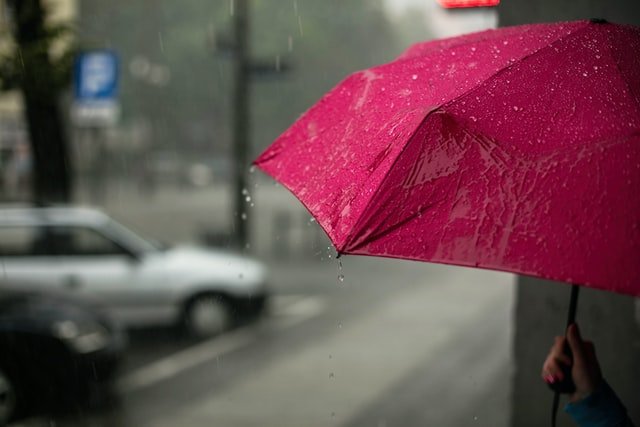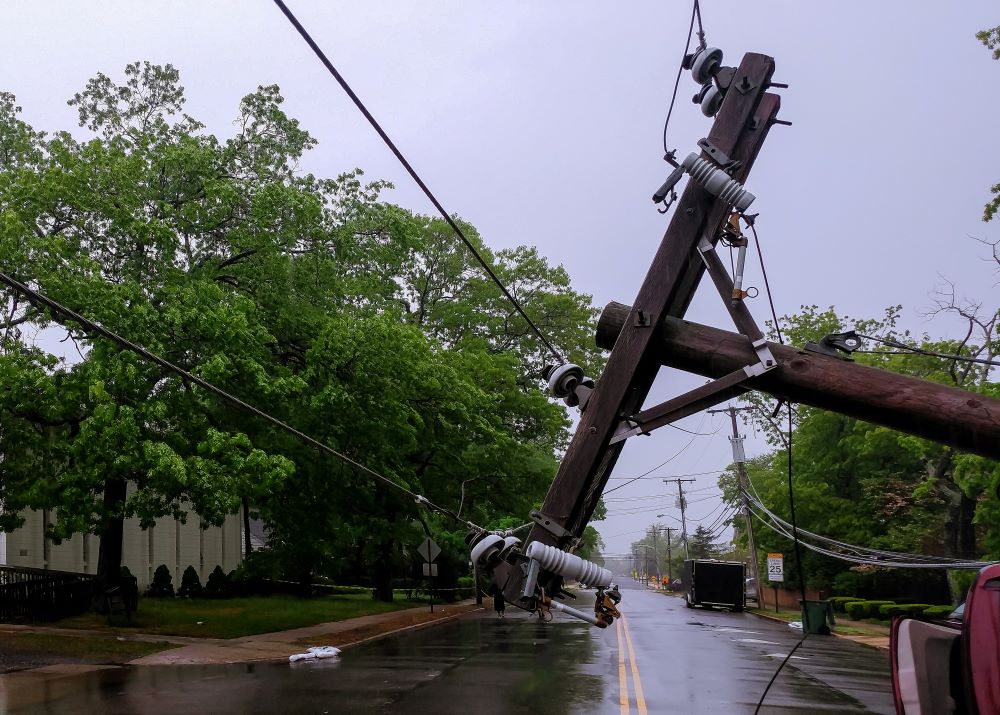
How many times have you searched for insurance costs only to find articles that talk around the subject but never actually give you substantial numbers? We understand that many companies TALK about insurance, but no one really explains how much it costs. When the weather plays a part in your event or business’s success, it’s essential to help protect your revenue with weather insurance. It’s even more important to know how much weather insurance may cost so that you include it in your budget.
Rain insurance can be an affordable investment for your event or business, and we break down its actual cost. The cost of rain insurance can fluctuate depending on a few factors, including:
• Geographic location
• Time of day
• Time of year
• Historical data + desired weather threshold
• Desired insurance limit
Unexpected rain during an event or business season can cause significant financial damage. Rest easy knowing that a rain insurance policy can help protect your bottom line despite the weather- and your budget.
What is Rain Insurance?
Rain insurance offers the dependability that the weather cannot. Rain insurance is a weather risk management product that helps protect your organization from lost revenue or increased expenses caused by excessive rain or lack of rain.
A rain insurance policy can be written to insure intermittent or long-lasting rainfall over a few hours or a few days. For example, you’re concerned that heavy rain will deter customers from attending your weekend concert fundraiser, negatively affecting ticket, concession, and merchandise revenue. We have a policy for that. Maybe your non-profit golf tournament relies heavily on walk-up registration, and you’re worried light rainfall a few hours before tee time will keep golfers at home. Our policies can help with that, too.
The duration of coverage for a rain insurance policy can be tailored to your event or business needs. Policies can help insure a few hours, a season, a single occasion or a series of events, and beyond.
How Much Does Rain Insurance Cost?
A customized rain insurance policy accounts for the duration, event geography, time of day, time of year, and historical data to determine what’s right for your event or business. These factors are also determinants of the cost of rain insurance–which means no two quotes are the same.
You decide the hours you want to be covered, how much rain has to fall for the insurance to trigger, and the dollar amount of your insurance limit. These three factors are the main price-drivers. Longer insurance durations, smaller rainfall amounts, and higher insurance limits mean higher premiums. The opposite is correct to reduce the premium–it all depends on how you would like to be insured.
For example, a rain policy with a higher premium for a late June county fair in Springfield, Ill., could look like this:
• Coverage from 10 am to 10 pm
• .20″ rainfall threshold
• $75,000 limit
• Premium: $13,502*
The cost of this rain insurance policy example is high because very little rain has to fall over 12 hours to trigger a $75,000 claim payment. A rain policy with a lower premium for the same county fair could look like this:
• Coverage from noon to 8 pm
• .50″ rainfall threshold
• $50,000 limit
• Premium: $2,803*
By reducing the insurance limit and covered period while also increasing the rainfall threshold, the premium is significantly lowered.
Below, we take a closer look at five determinants that impact a rain insurance policy’s pricing.
Geographic Location
Weather differs from state to state, and even city to city. This means the geography of your event or business affects the cost of rain insurance. The number and severity of natural disasters continue to increase across the United States, and the weather events that affect insurance pricing vary from major catastrophic events to seemingly minor events like hail. From 2008 to 2018, damage from hail alone was $19 billion or more annually, causing major auto insurance providers to increase premiums and deductibles.
To illustrate how location affects premiums, let’s move the county fair to Albuquerque, NM. Using the same limits, let’s compare:
• Coverage from 10 am to 10 pm
• .20″ rainfall threshold
• $75,000 limit
• Premium: $3,523*
• Coverage from noon to 8 pm
• .50″ rainfall threshold
• $50,000 limit
• Premium: $879*
As you can see, the historically drier climate in Albuquerque produced significantly lower rates.
Time of Day
Depending on the time of day and location, bad weather may be more likely to happen at a particular time. This trending time could be inside, outside, or an overlap of your event’s timeframe. Knowing this type of information can help determine ideal coverage times and durations and impact weather insurance costs. A weather insurance specialist can help identify trends in times to assess your best coverage.
Time of Year
Seasonality plays a big role in the weather, too. If your event or business location is in the middle of the rainy season, insurance may be more expensive (and more likely to trigger a claim). You can reduce premiums by planning your event in seasons of historically low rainfall. If scheduling around seasonal weather isn’t an option, a policy can be written to help protect your profits if a little or a lot of rain occurs.
Historical Data
Long-term, historical data is used to craft data-specific weather insurance policies and determine premiums. So even if your business or event has not experienced extreme weather conditions in years past, it’s possible that other area businesses have. This history can categorize an area as high-risk and result in higher premiums for policyholders. A weather insurance specialist can discuss historical weather patterns, events, and risks to customize a policy that’s right for you.
Desired Weather Threshold
The quote process is very customizable. Just because historical weather data says it might be a rainy summer for your landscaping company, it doesn’t mean your policy has to cover the entire season. Weather insurance policies offer the flexibility to help protect what you want to when and leave out what you don’t. We use data to help you make a more informed decision.
Desired Insurance Limit
Event planners and business owners can truly be in control of a weather contingency plan by choosing a rain insurance policy that fits your budget and your specific needs. A great way to reduce your premium is to get creative with your coverage limits. Using the Springfield, IL county fair example above, you could vary the rainfall threshold throughout the hours of operation.
• 9 am to Noon, .10″ rainfall threshold, $10,000 limit, $819 premium
• 2 pm to 9 pm, .33″ rainfall threshold, $25,000 limit, $1,509 premium
• Premium total: $2,328*
This way, if it rains a little in the morning (which can cause a lot of people to change their plans), you can be insured for $10,000. If it rains more during the afternoon (during potentially peak sales hours), you can also be insured for $25,000.
Even with the best planning, bad weather can happen. You can’t control when or how the skies open, but a rain insurance policy can help protect against the negative impact the weather can have on your business or event. Weather insurance helps protect you and your event or business from adverse weather conditions. Using historical weather data and your input, Vortex Weather Insurance writes policies specific to your coverage needs and weather risks. Our weather insurance specialists work together with event planners, business owners, and financial decision-makers to help decide how much insurance is necessary–and what you can leave out in the rain.
*All examples are for illustrative purposes only. Actual coverage is subject to the terms, conditions and endorsements of the policies as issued.

